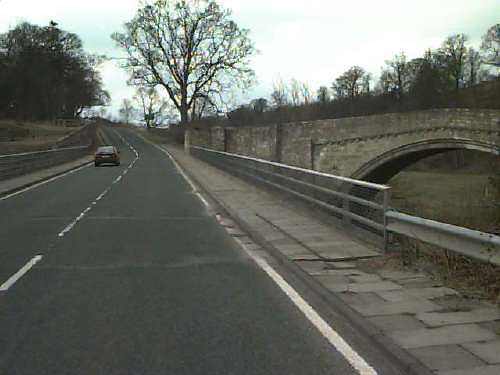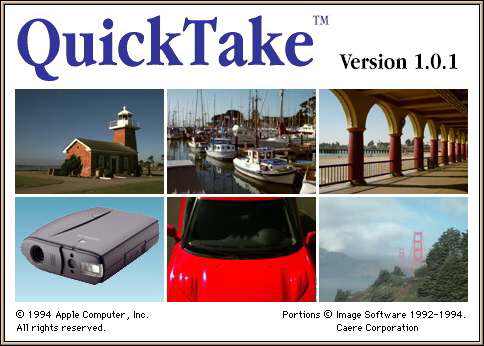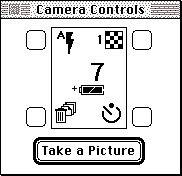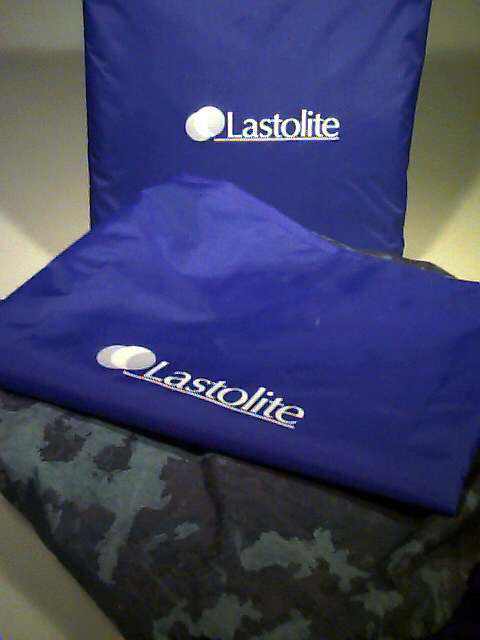

No-one would claim that the Apple QuickTake camera produced high quality results. Like all digital cameras based on video standard CCDs, it produces small images which are slightly unsharp.
Such images have their uses. The resolution of the QuickTake, ignoring its unusable lo-res setting, is 640 x 480 or the same as a PC screenful. This makes it ideal for people who create presentations and show them using 3M, Polaroid or similar OHP LCD panels.

It has its limitations for general outdoor work (above) as the sharpness just isn't good enough to resolve distance detail.
It is also a useful resolution for small ads, of the kind used in auto and house sale magazines. When reproduced no larger than 6 x 4cm, the picture is acceptably sharp. Users who are disappointed with such cameras normally expect them to produce pixel-accurate screenfuls or postcard size reproductions; neither the QuickTake nor the Canon Ion 560 at over �2,000 can do this.
Originally priced at �699 in the UK, the QuickTake with its fixed longish standard lens, direct flash and 32-frame maximum capacity (8 at 640 x 480 res) requires connection to a Macintosh or PC by a serial cable to download its images before further use, and has no disk storage. You can control the camera directly from the PC (below):

To retrieve files, whether controlled by the computer or not at the time of taking, you have to access the internal camera storage. A slide-sorter style display helps you select the images you want:

To keep transfer time short and maximise storage in the camera, it employs QuickTime compression similar to strong JPEG. What this means is that it treated a picture like a painting-by-numbers kit seen through a frosted glass sheet.
While the images in the camera occupy a very few kilobytes, they expand to almost a meg but look fuzzy and blocky. The product shot below is at full size and resolution, and shows this (it is also JPEG compressed here). One reason that the camera probably never took off in 1994 was that you expect rather better for �700.
A price of �199 is, however, an entirely different matter. Camelot, a London dealer, advertised this price. However, we had ordered �700-worth of equipment at similar low prices from Camelot in January only to be charged on a credit card and never see the goods, because these ex-Apple UK bargains just never seemed to turn up. They admitted they did not have any �199 QuickTakes when I telephoned to ask.
Other dealers were advertising them, and still are, for prices ranging between �245 and �399, the new official Apple price. Availability at anything over �299 seemed reliable; those with lower prices often did not have them. We tried one out thanks to Thornton Kay, who runs Salvo, a newsletter, organisation and WWW page for architectural salvage specialists, and uses the camera to record objects.

The tests showed that for a simple product shot, above, of the Lastolite Monet background and pouches, close-ups worked much better than you would expect. Things beyond the official 4ft minimum fixed focus range were not very sharp at all, while the writing at 1 to 2 feet (in this image) was perfectly clear. The scale of the detail has more effect than the distance. At the new lower price, a very useful DTP tool.